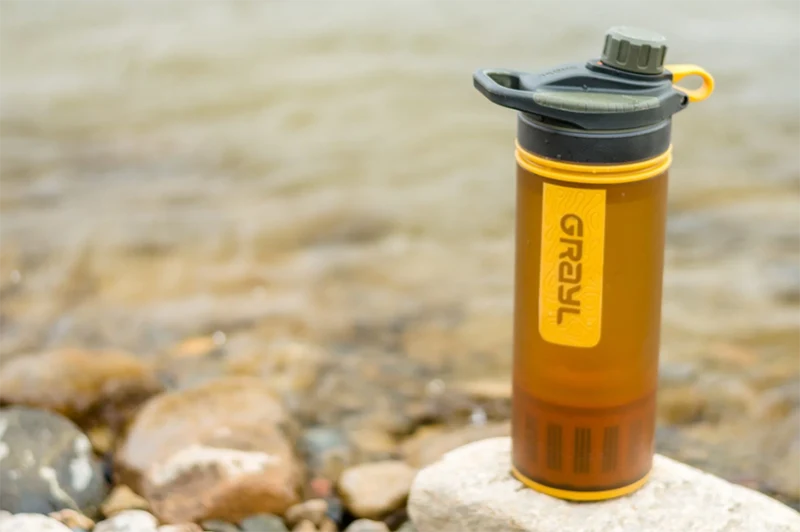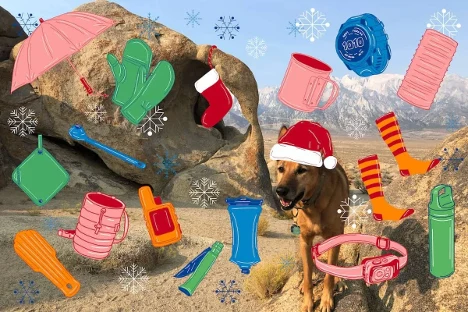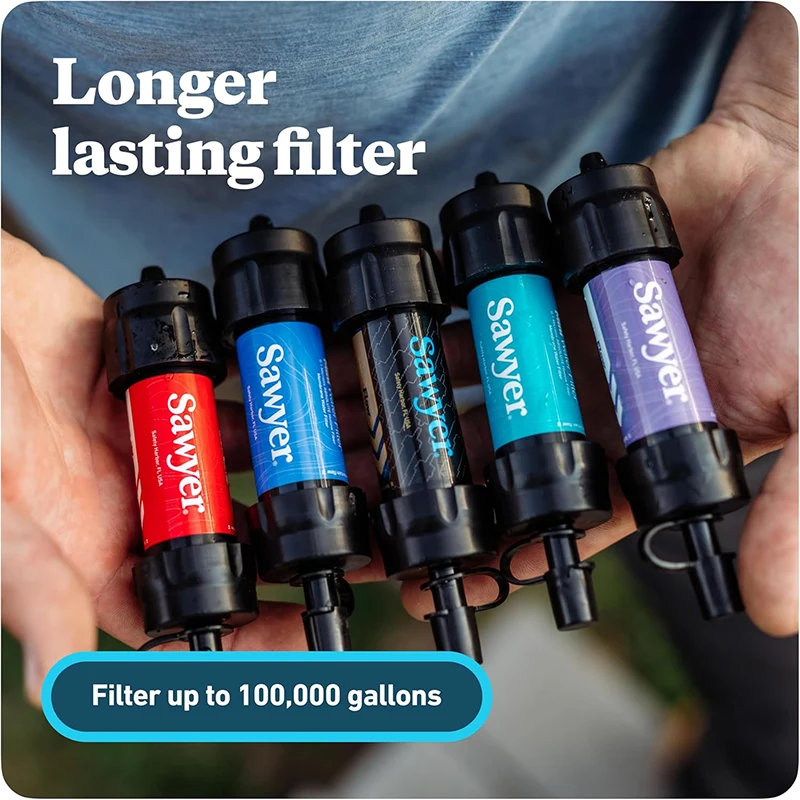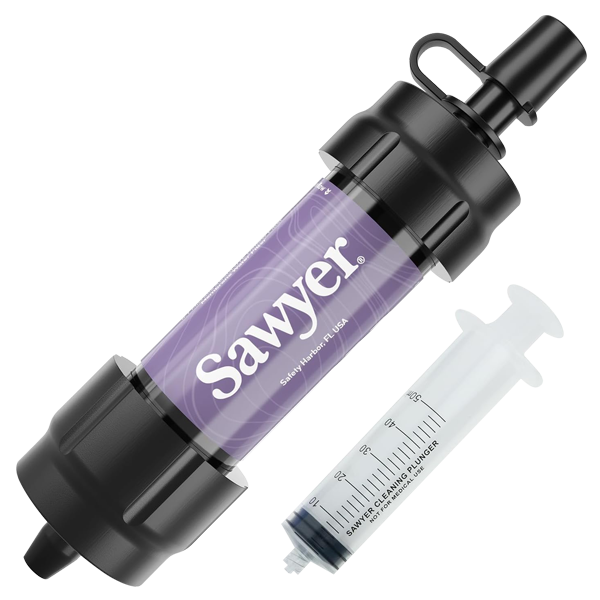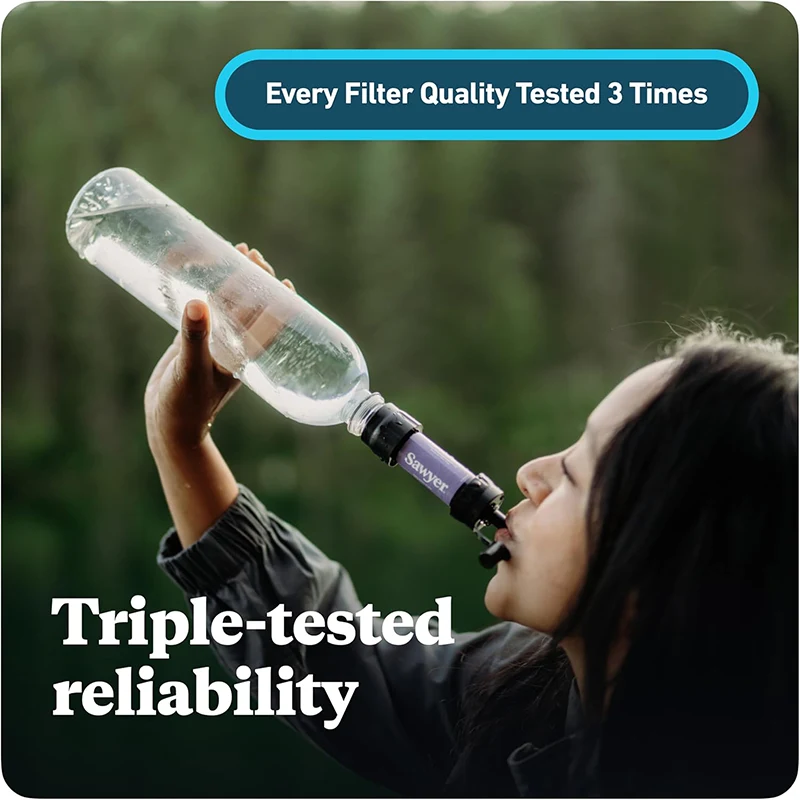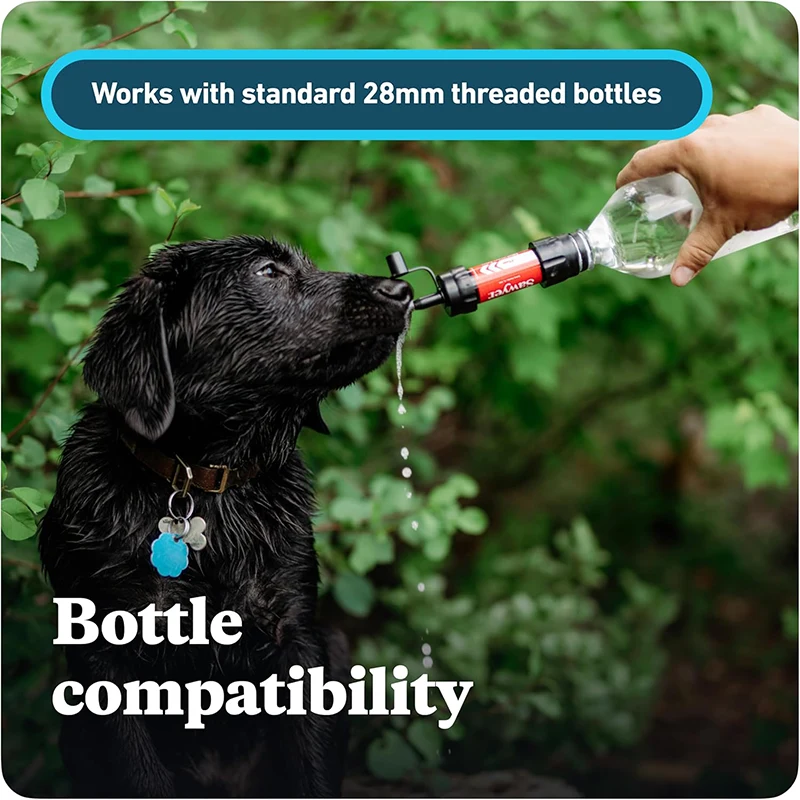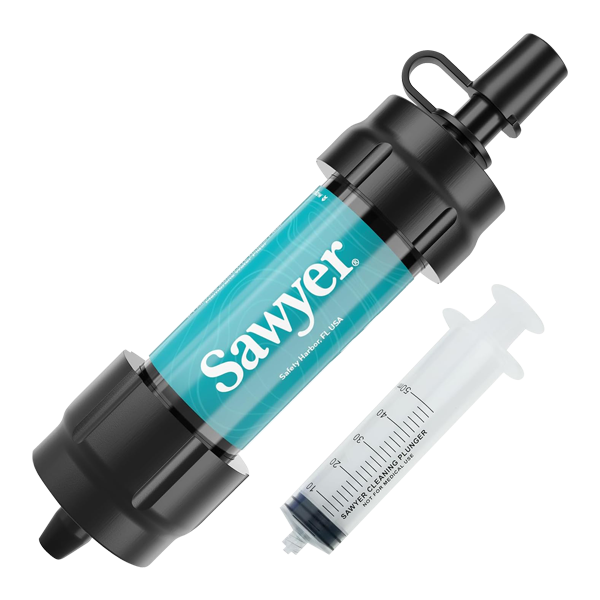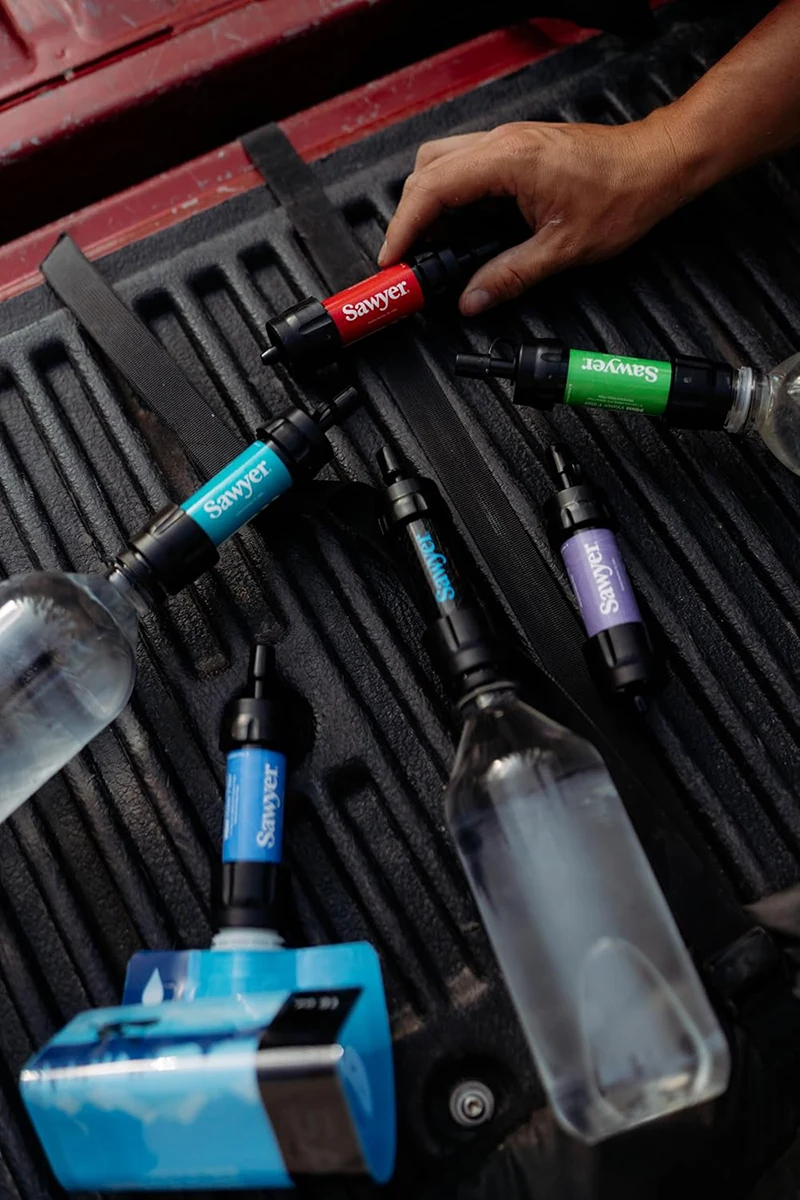

Pi bon filtè yo dlo sakado
We cover everything you need to know about backpacking water filters—why they’re important, how the different filtration methods work, and which models are our personal favorites.
The ability to filter water is critical for most multi-day backpacking trips. Being able to turn any natural water source you come across—like rivers and lakes—into clean and safe drinking water is what makes most extended backcountry trips possible (otherwise you would have to haul all your water with you!).
And while a good water filter system is such an important piece of backpacking gear, finding the right one can be really difficult. I know this could be said about a lot of topics, but I honestly can’t think of anything more nuanced than backpacking water filters.
There are just so many different factors to consider: the actual method of filtration (physical, chemical, or UV), the different designs (gravity, squeeze, pump), and different configurations (in-line or batch). On top of that, there’s a bunch of science-y and tech-heavy terminology to wade through. Some of it relevant, some of it not. You get the point. It’s a lot.
But don’t worry, we are going to break it all down for you!
In this article, we’re going to highlight the reasons why it’s important to use water filtration (and carry a backup) when backpacking, review the main methods of filtration, discuss the pros and cons of different designs, and offer our personal recommendations of filters we have used and loved. Read it here.
Soti nan eskwadwon an
Konvèsasyon Kanfi ak kominote nou an, ki soti nan Manm Eskwadwon ak Anbasadè yo nan Brand Patnè ak ekip la Sawyer.



